Taking UUVs Faster, Further & Deeper
Micro-UUV Technology is Flexible
In 2015, veterans of the conventional UUV sector set out to change the dynamics of the industry, founding Riptide Autonomous Solutions. Riptide’s first product was the micro-UUV, a new, highly flexible, open source autonomous undersea vehicle that provides a state-of-the-art, low cost solution ideally suited for developers of autonomy and behaviors, power systems, subsea sensors, and other new payloads. The micro-UUV features open hardware and software interfaces giving users a reliable and robust platform to advance technology development. The vehicle design is optimized for high efficiency with the best hydrodynamic signature in its class. The base micro-UUV is 4 7/8 inches in diameter, 42 inches in length and weighs 23 lbs. The standard system is rated to a depth of 300 meters.
The Riptide micro-UUV launched a line of following vehicles including the 7.5 inch diameter, 65 pound, 1 man-portable (1 MP) UUV and the 9.375 inch diameter, 120 pound, 2 man-portable (2 MP) UUV. The underlying technology enabling this family approach, including advanced manufacturing and engineering techniques are key to the Riptide mission of taking UUVs Faster, Further and Deeper.
Deeper: Advanced Manufacturing
The micro-UUV was developed using multiple additive manufacturing techniques. This enabled affordable and quick evaluation of numerous design considerations. This rapid manufacturing capability also enabled Riptide to quickly field production vehicles. This approach is not just for engineering models. It is delivering product capable of withstanding the pressures and harsh environment of UUV operations. The use of modern design and manufacturing techniques has also enabled the development and delivery of numerous micro-UUV configurations of Riptide’s flexible architecture as shown in Figure 2.
When Riptide started the design and development effort of their first micro-UUV in mid-2015, it traded hull materials for design flexibility, ease of fabrication, cost, and material properties such as strength to weight ratio. It set a design threshold for the micro-UUV of 200 meters (2-3X the depth rating of the nearest small vehicle competition at the time). It selected carbon fiber for the cylindrical vehicle mid-body, fabricated from a sailboat mast mold so highly flexible in length. For the hydrodynamic noses and tails, Riptide selected 3D printed nylon, providing extensive flexibility for shape and adding ports or mounting features for new sensors. Finite Element Modeling (FEM) was performed with desired factors of safety and additional conservatism built in for material and fabrication variations. Through validation and failure testing (shown in Figure 3, on page 44), the initial design was determined to well exceed the threshold depth rating, which was then increased to 300 meters for the standard vehicle while maintaining an adequate factor of safety.
Riptide utilized the latest methods of rapid manufacturing heavily relying on 3D printing or additive manufacturing in its early production deliveries. Riptide has recently procured injection resin molds for all 3D printed parts for the micro-UUV under a manufacturing grant from Massachusetts, but maintain the ability to 3D print any component for design flexibility. Under a DARPA Phase II SBIR, Riptide fabricated a deeper rated UUV (7.5” Diameter) with a design objective of 1,500m. Initial seal testing and pressure testing of the hull sections was successfully completed and the first of several vehicles is undergoing first article testing. Figure 4 shows standard tail section versus the 1st article titanium 3D printed tail section. Volume was reduced for cost purposes. With the combination of 3-D printing and traditional molds, as well as novel designs, Riptide is delivering on its promise to take compact UUVs deeper.
Further: Power and Energy Management
The micro-UUV was designed for low logistics. The standard configuration uses 144 alkaline AA batteries just like a television remote control but in greater quantity. They can be swapped out in minutes. The use of alkaline batteries avoids many of the limitations and restrictions with shipping, safety, and government certification of lithium batteries, while providing enough energy to run these efficient vehicles for a day or more, depending on operational speed and payload power. In addition to flexibility in shipping, deployment is dramatically simplified with a vehicle of such small size. There is no need to rely on large, expensive surface vessels. Operations from the dock, from dinghies, and even from paddleboards are possible.
In total, 144 alkaline AA batteries provided the original micro-UUV approximately 300 Wh which, with no payload, running at peak efficiency gives the micro-UUV a range of a little more than 100 nautical miles in 33 hours. This presumed an operating speed of 3.0 knots. At 0.5 knots the same vehicle configuration could run for three days.
In early 2018, Riptide announced a near-total redesign of internal electronics resulting in a new MKII µUUV. This offered a nearly 60% reduction in hotel load power to 3.8 Watts from its first-generation boards. It also reduced the internal wire count in the vehicle by 80%, simplifying the vehicle further. This traditional battery based performance is more than adequate for many applications. But it can be improved upon. Riptide is releasing its lithium rechargeable battery pack that doubles the energy capacity (and endurance) of the standard vehicle. Additionally, its standard alkaline battery stack was designed to accommodate multiple battery chemistries, including lithium primary and nickel-metal-hydride cells. With lithium primary cells, the standard micro-UUV can operate for over a week at speed.
Through an exclusive partnership with L-3-Open Water Power the micro-UUV will pioneer the use of aluminum seawater batteries. This new technology harnesses the energy of a chemical reaction between seawater and specially developed, high-purity aluminum alloys. The result is an inherently safe energy storage solution with a dramatic increase in energy density. This technology will be tested in 2018 and is anticipated to be available commercially on Riptide UUVs in 2019.
Through both electronics optimization and new energy technologies Riptide is taking compact UUVs further than ever before.
Faster: Speedier delivery of user focused UUVs
Faster UUVs can suggest high-speed vehicles. While this is true, the micro-UUV can exceed 10 knots, an even more important measure is delivery time. The open-architecture and modular design of Riptide UUVs ensures that customer focused units can be rapidly configured and delivered. The original micro-UUV delivered on this promise with dozens of configurations built in the first year of production.
Since then, as the product lines have expanded the flexibility and fast delivery has enabled other distinctive configurations.
One example of a faster, and deeper UUV is the deep vehicle developed for DARPA.
Case Study: Deep Acoustics UUV
Under a SBIR program Riptide has modified their 1 MP UUV to support acoustic telemetry research programs.
The deep UUV is rated for 1,500 meters depth but still only 7.5 inches in diameter. Its payloads include CTD, acoustic modem and a towed acoustic receiver array. With industry leading low power hotel load this system can deliver over 48 hours of endurance for field testing. The purpose of the vehicle is to demonstrate long range, medium data rate acoustic underwater communications for a mission critical project. To accomplish this the client needed to operate for long periods in the deep sound channel. These waters, around 1,000 meters deep, are typically out of reach of smaller, more affordable UUVs. Riptide’s open source software and flexible mechanical design enabled the rapid development of this custom UUV and ensured the research program could be executed as planned. Figure 6 shows this vehicle as delivered.
Case Study: Open Architecture
In addition to hardware versatility the Riptide approach enables software flexibility as well. Working with Draper, Riptide has agreed to implement Maritime Open Architecture Autonomy (MOAA) on all Riptide UUVs delivered to the US Government. Draper developed MOAA for the US Government. MOAA capabilities have been demonstrated at-sea on several autonomous undersea vehicle (AUV) classes with application to various undersea mission areas. This work represents a significant investment, millions of dollars and decades of research and development.
Draper requested and received approval from the Naval Undersea Warfare Center (NUWC) to provide MOAA as an option on all Riptide UUVs sold to the US Government or Government purposed vehicles. This will be a no cost option on all Riptide UUVs for eligible customers. The availability of MOAA on Riptide UUVs is a direct result of their flexible and open software architecture. MOAA adds significant value for Government UUV customers and Riptide UUVs with MOAA will be available for delivery in the second quarter of 2018.
Faster Further Deeper
The unmanned undersea vehicle market is undergoing a period of rapid evolution. Legacy providers have been acquired by large defense primes, to support increasing programs of record. Meanwhile barriers to entry have been lowered through new manufacturing techniques, state-of-the-art electronics and open source software architectures. Riptide has leveraged all of these trends to deliver a flexible family of solutions. The technology approach has ensured faster delivery of UUVs that can range further, while diving deeper, than ever before possible in compact vehicles. With nearly 100 Riptide vehicles delivered to date, the market has clearly indicated it is moving faster as well.
(As published in the June 2018 edition of Marine Technology Reporter)







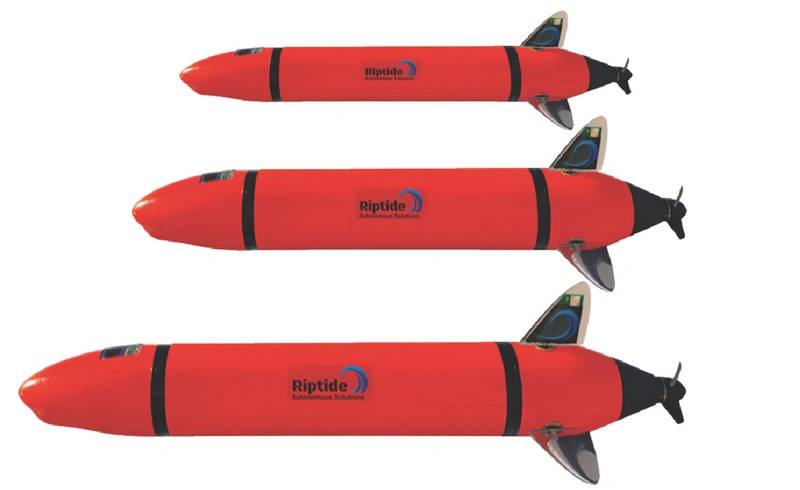
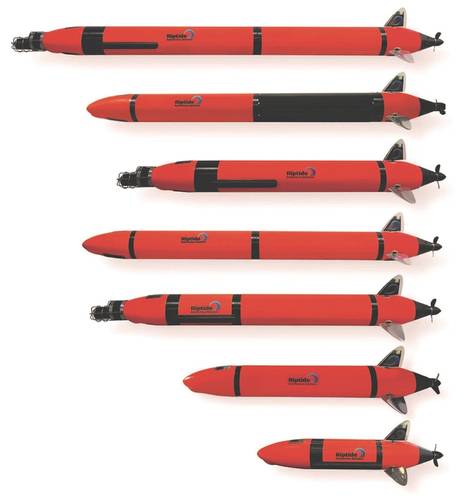

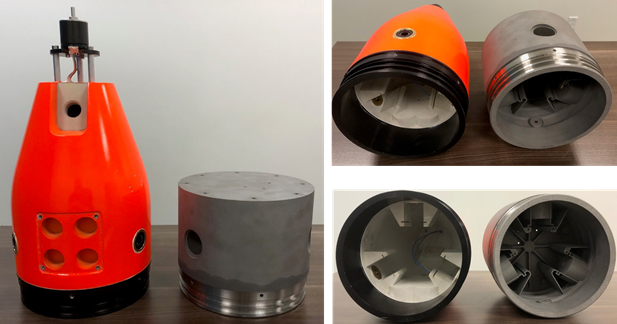
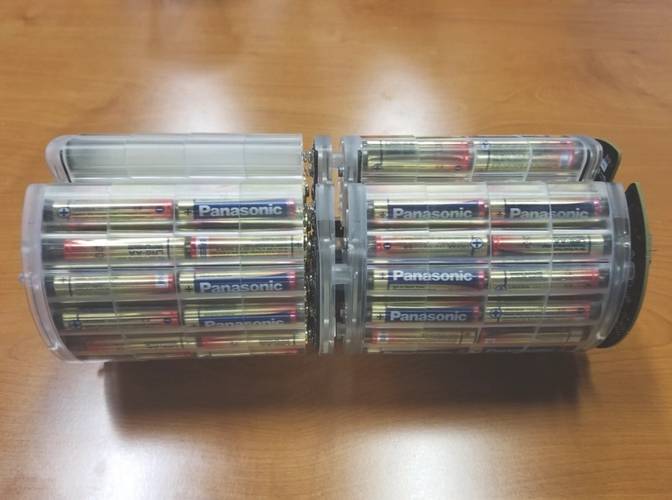

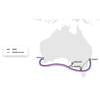
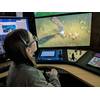













 December 2025
December 2025



